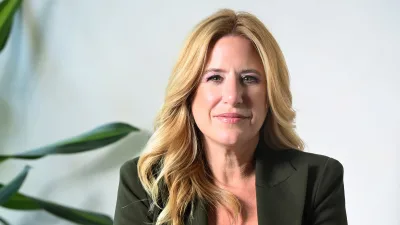LITO crackdown hurts legitimate users
A reduction in the low-income tax offset (LITO) for minors will have the desired effect of reducing tax reduction strategies for family trusts, but could also disadvantage non-wealthy families, according to Chan & Naylor director Ken Raiss.
Previously minors had the capacity to earn a maximum tax-free income of $3,333 per year, which also meant within a family trust situation income could be distributed to minors to reduce the tax paid by parents or other family members.
But people were using the LITO to assist their children, especially in rural areas and farming families and instances of family breakdowns, Raiss said.
“I would’ve thought even children have a right to get what everyone else gets,” he said.
“There was the ability for everyone to access a low-income tax offset now they’ve taken away from children who can’t defend themselves.”
It was a justifiable cash flow structure, but the Government has seen it as a rort, and has only looked at the surface issue rather than the underlying issue, he said.
The move shows that the Government still misunderstands and mistrusts trust mechanisms, according to Chan & Naylor.
Rather than just being the domain of the rich, they are a legitimate tool used by small businesses for asset protection and estate planning and offer legitimate tax benefits, the firm stated.
Recommended for you
Equity offerings should be “seriously considered” by advice firms if they want to attract experienced advisers with the option viewed as a major differentiator for candidates seeking their next role.
DASH Technology Group has enacted two internal promotions, appointing a chief risk officer and chief commercial officer to strengthen the firm’s governance and operational capabilities.
The Stockbrokers and Investment Advisers Association has announced the appointment of its new chief executive following the exit of Judith Fox after six years.
Insignia Financial has appointed an experienced financial advice leader as head of education and advice on its Master Trust business, who joins from Ignition Advice,










